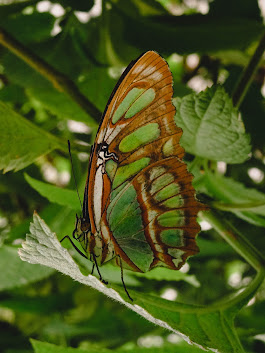Camouflage: Blending in with Nature and Society
Introduction
In this article, we will explore the intriguing world of
camouflage, a fascinating concept that has been utilized by both nature and
human beings. From the hidden survival tactics of animals to the military
strategies of nations, camouflage plays a crucial role in concealing and
protecting entities from their surroundings. We will delve into its history,
mechanics, and various applications, shedding light on its significance in
different domains.
What is Camouflage?
Camouflage is a unique adaptation that allows living
organisms and objects to blend seamlessly into their environment, making them
inconspicuous to potential threats or prey. Derived from the French word
"camoufler," meaning "to disguise," camouflage exists in
various forms across the natural world, as well as in human-designed patterns
and technologies.
History of Camouflage
The roots of camouflage can be traced back to ancient
civilizations, where hunters used natural materials to conceal themselves while
stalking their prey. However, the formal development of camouflage as a
military strategy began during World War I, when armies sought ways to reduce
visibility and avoid detection on the battlefield.
How Camouflage Works
Camouflage operates on the principles of deception and
disruption of visual perception. By mimicking their surroundings or creating
contrasting patterns, camouflaged entities can become indistinguishable from
the environment, making it difficult for observers to detect them.
Natural Camouflage in the Animal Kingdom
The natural world boasts an astonishing array of
camouflaging creatures. From chameleons and octopuses to leaf insects and polar
bears, numerous species have evolved remarkable camouflage abilities to survive
and thrive in their habitats.
Military Camouflage Techniques
The military has adopted camouflage as a vital strategy in
modern warfare. We will explore different camouflage techniques, including
disruptive pattern materials and digital camouflage, employed to conceal
soldiers, equipment, and vehicles in diverse terrains.
Camouflage in Fashion and Design
Camouflage patterns have transcended military use and become
a significant trend in the world of fashion and design. We will examine how
camouflage prints have been incorporated into clothing, accessories, and
interior decor, giving rise to a unique aesthetic.
Camouflage in Art and Culture
The concept of camouflage has also made its way into the
realms of art and culture. We will explore how artists have used camouflage as
a metaphor or a means of expression, questioning the boundaries of visibility
and identity.
Camouflage in Technology and Science
Beyond the military and artistic domains, camouflage has
found applications in technology and science. We will discuss cutting-edge
research and inventions that draw inspiration from nature's camouflage
mechanisms to create innovative solutions.
Camouflage in Popular Culture
Camouflage has become a symbol of adventure, resilience, and
rebellion in popular culture. From action movies to video games, we will
explore its representation and significance in contemporary media.
Future Trends in Camouflage
As technology advances and societal needs change, camouflage
continues to evolve. We will speculate on potential future trends, from
adaptive camouflage materials to innovative applications in diverse industries.
Conclusion
In conclusion, camouflage remains an ever-relevant and
captivating concept, bridging the realms of biology, art, technology, and
psychology. Its adaptive nature and ability to blend with surroundings make it
a topic of enduring fascination and importance.




0 Comments